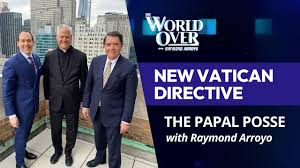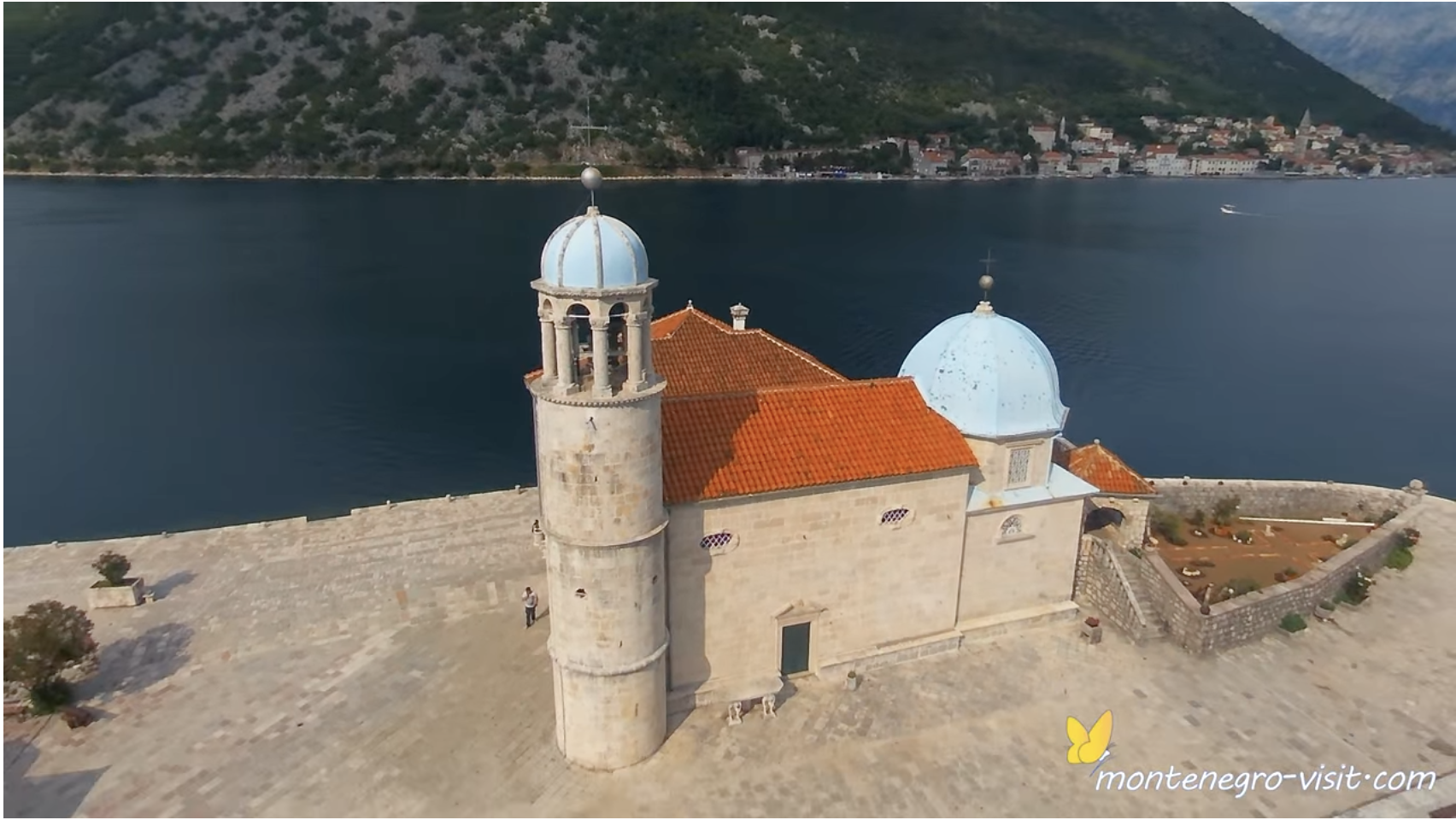Jack Chick died last week. He was the anti-Catholic cartoonist who never made as much in his entire life as The Da Vinci Code novelist Dan Brown makes in an hour. But anti-Catholicism is anti-Catholicism whether it’s fringe or mainstream.
Jack Chick was neither confused nor embarrassed when accused of being anti-Catholic: it was his life’s mission to pander for every cockeyed conspiracy ever constructed about Rome, the pope, and the rest.
But I wonder if Mr. Brown wasn’t shocked at first when people began calling him a bigot. Indeed, I’m not even sure Brown is anti-Catholic at all; it’s just that seeing the Church as the wellspring of plots is so darn profitable. And, let’s face it: the Vatican does have secret archives! Of course, Brown’s incurious superficiality guarantees he not admit that in Archivum Secretum Apostolicum Vaticanum the operative word means private, not secret. That’s assuming that back when he conceived of The Da Vinci Code he was even aware of the distinction. He probably knows by now, but probity likely won’t earn you $175 million.
In any case, the Church and Catholicism play only cameo roles in the film version of Brown’s thriller, Inferno, except that the author of the work from which the title is taken, Dante Alighieri, was a Catholic, and a helluva Catholic at that. Brown knows even less about Dante than about the anthropology and symbology his hero, Harvard professor Robert Langdon, spews with the all the authority of a non-tenured conspiracy theorist. (This is a key to Brown’s success, of course, since across the “fruited plain” nearly 90,000,000 folks believe in the existence of a shadowy New World Order.)
Our story: Billionaire Bertrand Zobrist, a geneticist, believes rather extreme measures are required to drastically reduce the world’s booming population. (No relation to Ben Zobrist, by the way, who plays second base for the Cubs. Really, no relation. . .or IS there?) Anyway, our villain has hatched a virus, called Inferno, which will make the Black Death seem like an outbreak of mononucleosis in a middle school. At one point in the film someone in the know says half the people on earth will die. Inflation being what it is, by the film’s climax that number has risen to 95 percent. Either way, it’s a lot of corpses.
Langdon, of course, seeks clues, principally in a painting, The Abyss of Hell, by Sandro Botticelli, upon which Zobrist has done some doodling, which notations are meant to lead his associates to the cache of Inferno virus. Why? That’s a good question. The film seems to suggest it’s so his “followers,” who are suicidal terrorists, can detonate the virus, which Zobrist has secreted somewhere upon ill-fated earth. It’s not exactly Hitchcock’s “MacGuffin” – the thing in a thriller that gets the chase going – but it does get the movie’s heroes and villains running all over Italy and elsewhere. A more sensible villain would simply have placed a bomb with the virus when he hid it. So in a way the MacGuffin here is actually the blindness of a “visionary.”
![The Abyss of Hell by Sandro Botticelli, c. 1485 [Vatican Library]](https://www.thecatholicthing.org/wp-content/uploads/800px-Sandro_Botticelli_-_La_Carte_de_lEnfer.jpg)
Now this may seem illogical: curing the disease by killing the patient, but there really is such sentiment loose in the world. There’s a group called the Voluntary Human Extinction Movement, and the quite vehement members of VHEMT have a motto: May we live long and die out. That’s not good enough for Zobrist though, and he comes damned close, you might say, to considerably shortening the timeline of Man’s extinction.
The clock is ticking. The chase is on. And you know exactly what’s going to happen. But there’s good news in all this predictability: beautiful travelogue photography by cinematographer Salvatore Totino. Clearly this is why God invented the drone – to give us gorgeous aerial panoramas of Florence, Venice, and Istanbul. Worth the price of admission, especially in IMAX, I bet, although the price of admission for that is $20.75. (I paid $9.50 for a Friday morning screening in a nearly empty theater in Plain-Ol’-Whatevermax.)
Starring an international cast, including British actress Felicity (The Theory of Everything) Jones, French actor Omar (The Intouchables) Sy, Indian actor Irrfan (Life of Pi) Khan (who gives the best performance in the film), Danish actress Sidse (Westworld) Knudsen, Romanian actress Ana (Emerald City) Ularu, and the Americans Ben (The Laramie Project) Foster as Zobrist and Tom (Bosom Buddies) Hanks as Langdon. The film is directed by Ron (The Andy Griffith Show) Howard, also from the U.S. of A.
Inferno is rated PG-13 for “sequences of action and violence, disturbing images, some language, thematic elements and brief sensuality.” The violence deserves mention, but it’s mild by modern movie standards, and the disturbing images are disturbing because they’re violent. The fully clothed sensuality, which is brief, isn’t particularly sensual.
These were not the longest two-and-a-half hours I’ve ever spent, even when Mr. Brown and co-screenwriter David Kopp screech the movie to a halt to do exposition. I’m sure the rumors are untrue that this was necessary due to the fact that Mr. Howard suffers from narcolepsy.














